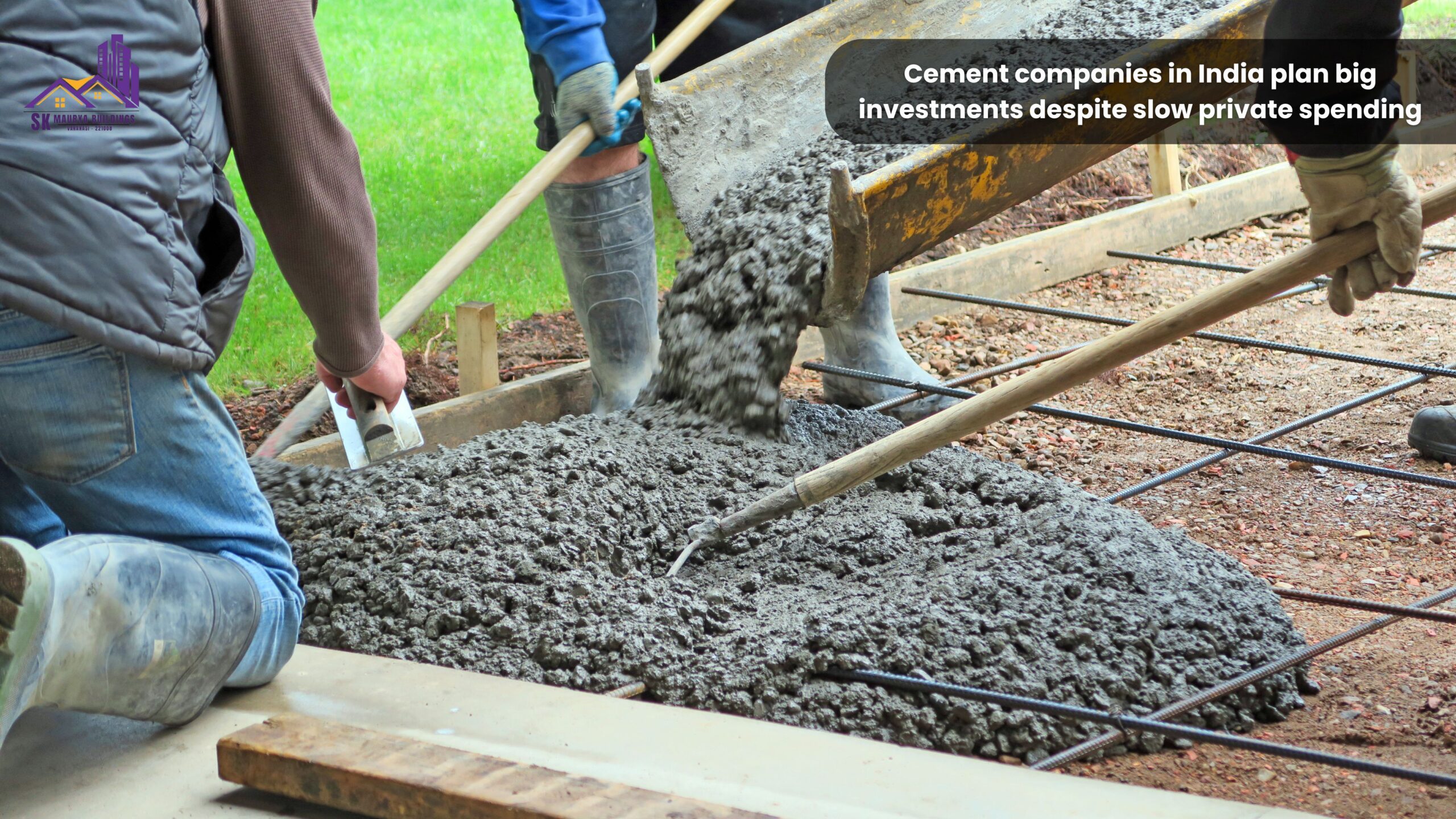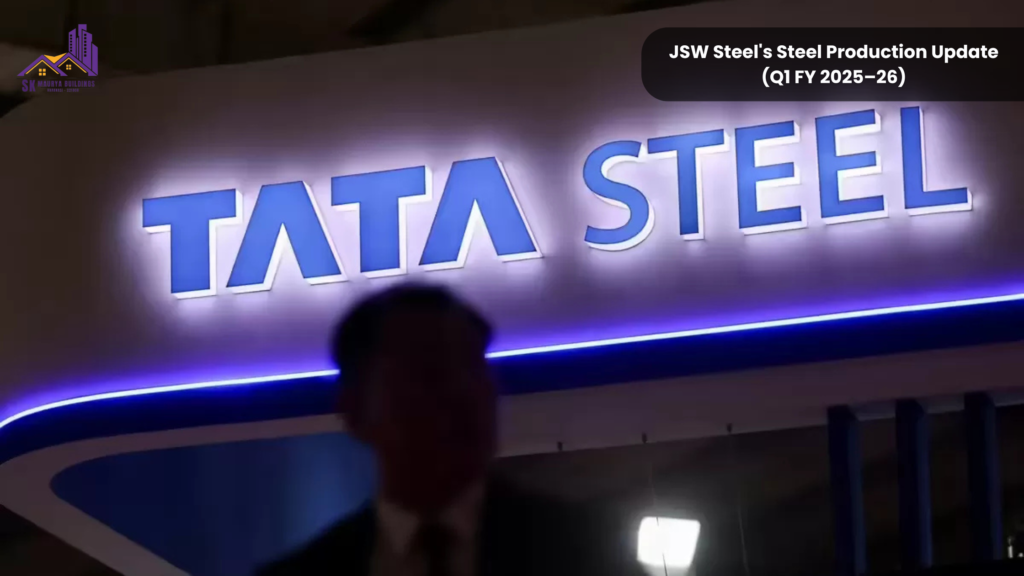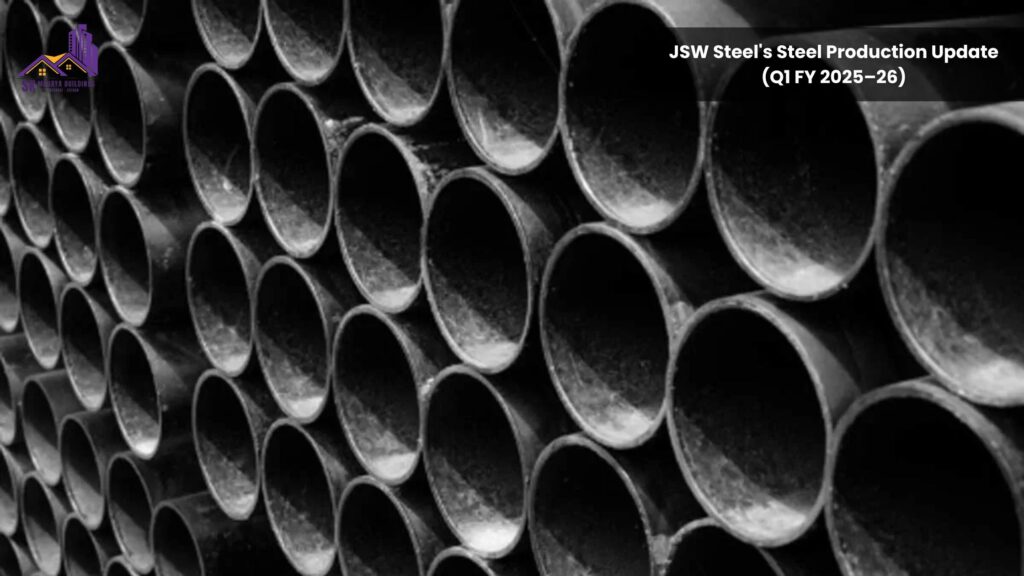Even though private companies are not spending much, India’s top nine cement companies are planning to invest a total of ₹30,500 crore in the financial year 2025–26 (FY26). They are expecting cement demand to rise, mainly because the government is spending more on infrastructure.
UltraTech Cement (part of the Aditya Birla Group), Ambuja Cement, and ACC (both owned by the Adani Group) are each planning to invest ₹9,000 crore. This is the highest among the companies. Dalmia Bharat will invest ₹3,500 crore and Shree Cement will invest ₹3,000 crore.
UltraTech, which is India’s biggest cement company, added 44 million tonnes per year (MTPA) of cement-making capacity last year and now has 184 MTPA. It bought India Cements and Kesoram Industries to help with this. It plans to reach 211 MTPA by FY27 by adding another 21 MTPA.
Adani’s cement companies (Ambuja and ACC) now have over 100 MTPA capacity after merging with Orient Cement. They want to add 18 MTPA in FY26 and reach 140 MTPA by FY28. They will spend ₹6,000 crore on growing the business and another ₹2,500–3,000 crore to improve efficiency.
Dalmia Bharat added 2.9 MTPA capacity last year and plans to invest ₹3,500 crore more, including ₹100 crore for renewable energy. It wants to add 6 MTPA in Maharashtra and Karnataka and raise its clinker capacity from 23.5 MTPA to 30.7 MTPA by FY27.
However, some experts are worried. They say adding too much capacity while demand is still slow could lead to extra supply and lower prices. Pranav Mehta from Equirus Securities warned that too much supply and slow recovery in demand may hurt prices. Ashutosh Murarka from Choice Broking said prices may fall, especially in eastern and southern India, where current factory use is already low (below 60–65%).





